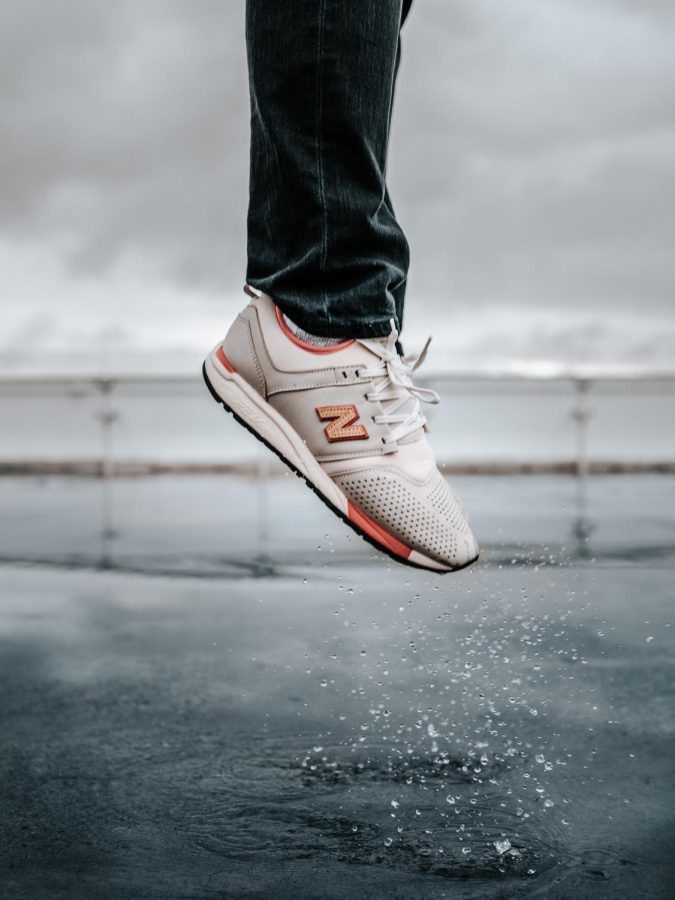How New Balance Shoes Are Made
How the iconic athletic new balance shoes are made.
Most New Balance shoes are made using a cold cement construction method. New Balance’s sneaker model uses a seat-cut EVA midsole. The midsole is glued with a cold cement method. Cold Cement is a modern update to shoe construction. Cold cement is the exact opposite of the classic high temperature vulcanization shoe construction found in Vans and Converse shoes. Cold cement shoe construction allows the use of the latest lightweight plastic, foam and mesh materials as low temperatures are required to bond the upper to the sole. All modern high-performance athletic shoes made by New Balance for running, basketball and more are made with this cold cement process. eva sheet and cold cement assembly .New Balance with Blade Cut EVA midsole, shoe upper requires preparation. With this running shoe, the outsole doesn’t cover the top edge, so you have to tuck it down. This is called “Itamochi”. Long-lasting boards are made of treated cloth or cardboard. The shoe upper is cushioned to soften the material and the last is fitted and tightened. A lasting machine is used to taut the upper. A lasting machine tightens the upper while firmly bonding it to the lasting board. The last stays inside the shoe and is visible under the footbed. The upper part of the tongue of the shoe may have plastic or cloth attached to it to prevent the surface from being damaged or drifting during sustained operation. Sheet-cut EVA material is cut into pieces and machined to the shape of the outer floor. A shaped wheel grinds the edge profile. The upper is tightened and the outer unit is stretched, the two pieces come together. The rubber sole unit receives a coating of primer and cement. The outsole uses a unique special primer developed for EVA and rubber. The shoe upper is also prepared with its own special primer and cement. After the adhesive and primer have completely dried in the heat channels, the two parts are assembled by hand. A professional aligns the upper and outsole before putting the shoe into a hydraulic press. The toe of the shoe goes through many pressing operations, usually all in one machine. Vertical press, toe and heel press, side press. This ensures full contact between the upper and outsole. Once the shoe is compressed, it is often placed in a cooling tunnel to harden the adhesive. After the cooling tunnel, a shoe developing machine is used to extrude the last without wrinkling the upper. The sneaker is now ready. The footbed can be inserted at this point. Footbed can be molded EVA with fabric cover or flat cut foam. A flat stamping foot is usually cemented to the shoe, while a molded footbed is usually removable. Your new sneaker is ready for final QC inspection, a quick check for loose threads, cleaning and packing.
RELATED STORIES:
https://www.popularmechanics.com/technology/design/a28789083/new-balance-sneakers-factory-tour/
https://www.insider.com/how-new-balance-sneakers-are-made-2019-10
https://support.newbalance.com/s/article/New-Balance-and-Manufacturing-in-the-US
TAKE ACTION:
https://www.facebook.com/Newbalance/
https://www.individual-fashion.net/newbalance.html
https://www.newbalance.com/Our-Communities.html











